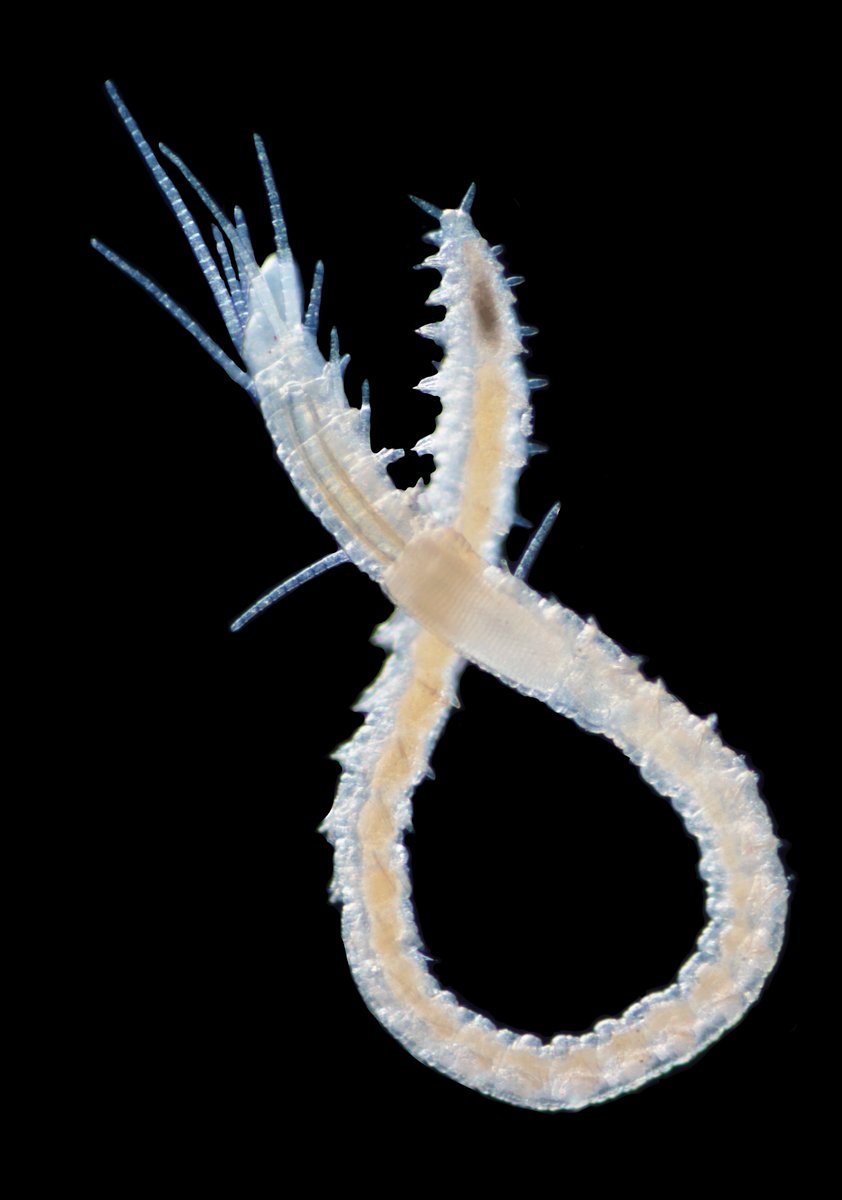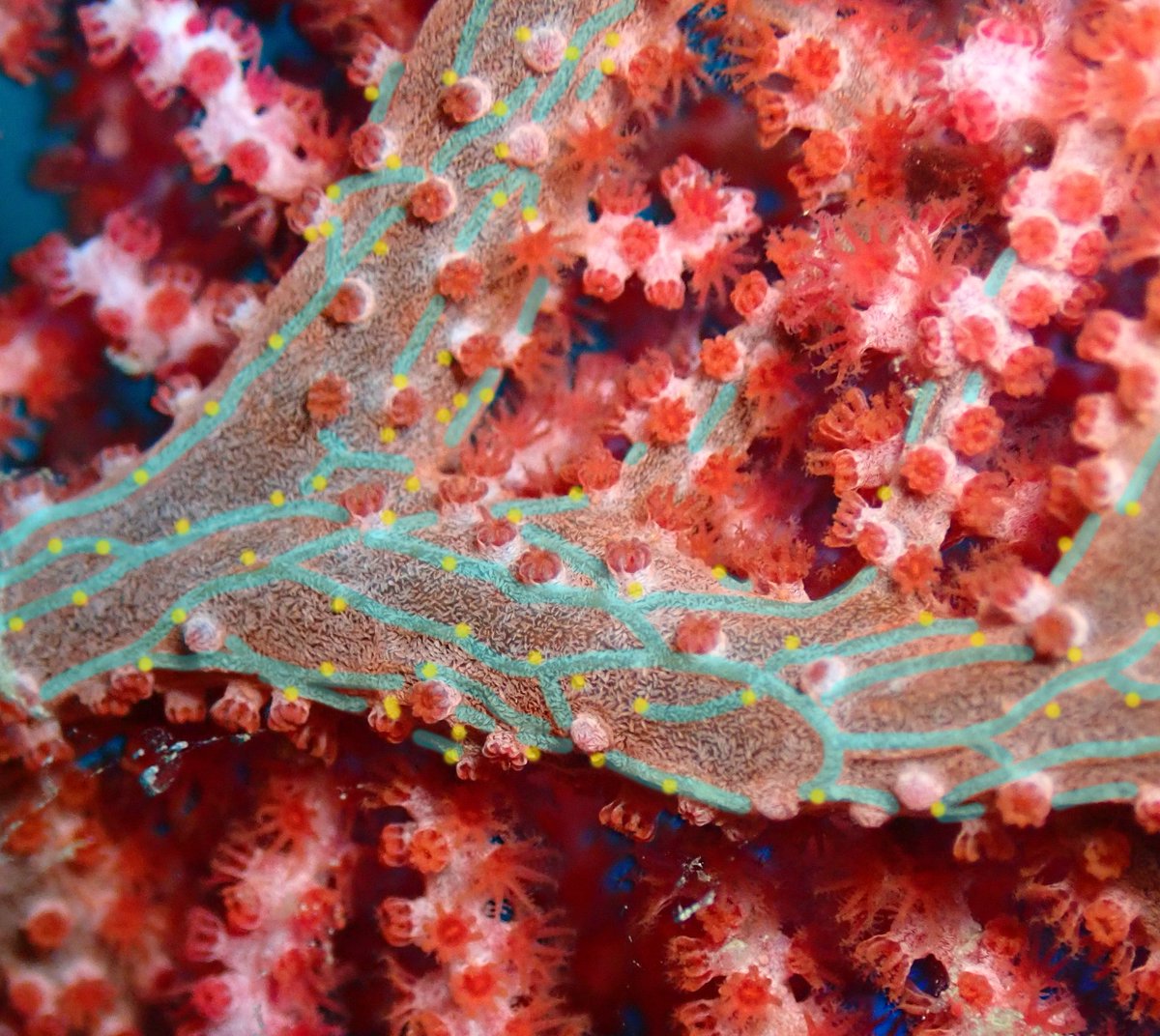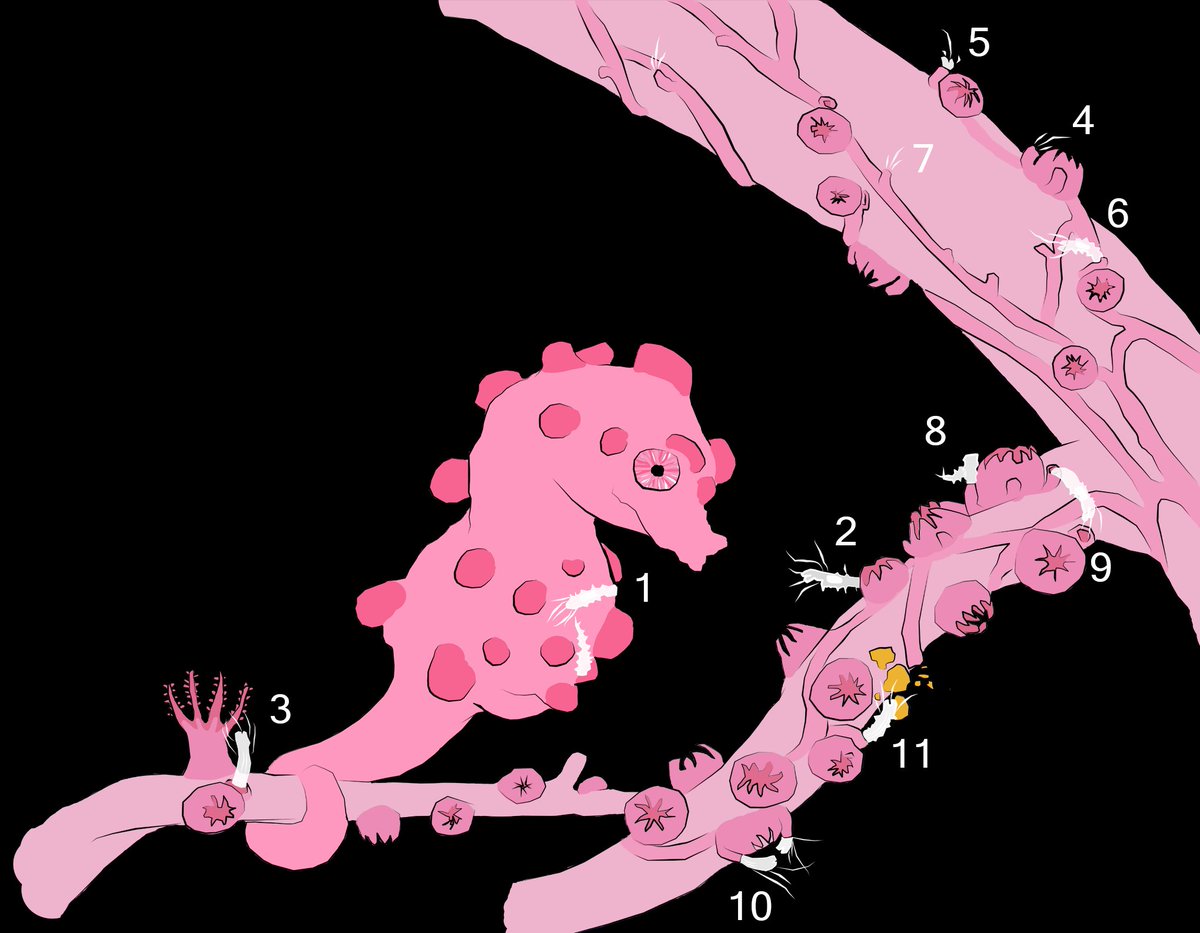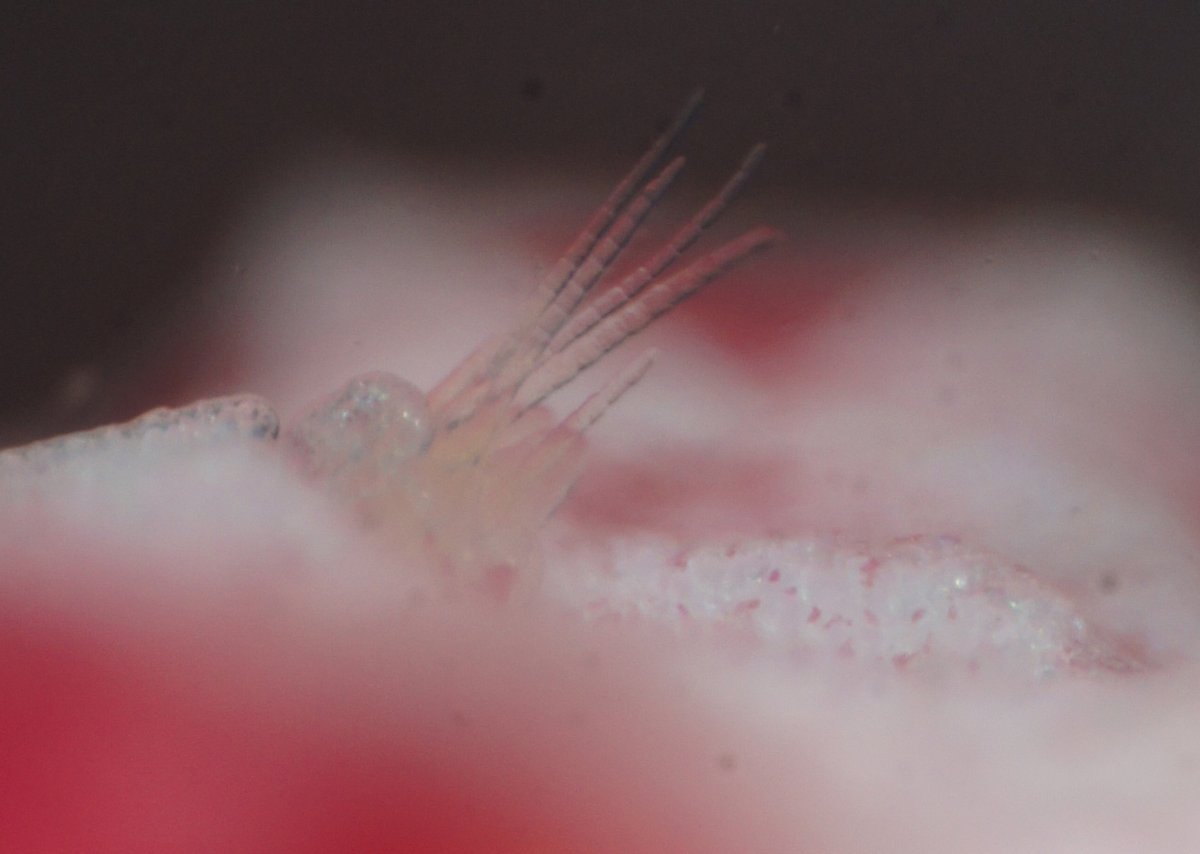
Laura Macrina
@lauramacrina
PhD Candidate @HabbLab - @RSRC_KAUST (King Abdullah University of Science and Technology) - working on octocoral diversity and evolution 🪸
ID: 827599632
16-09-2012 19:20:30
130 Tweet
208 Followers
269 Following






So, we looked in the background of pictures of pygmy seahorses taken by divers on iNaturalist . And lo and behold, the burrows and worms galleries were visible there, in 3/4 of the pictures! Here is an example inaturalist.org/observations/1…








The Trojan seahorse: how citizen science photos of pygmy seahorses unintentionally revealed the prevalence of an overlooked marine worm | ow.ly/It7y50U6QeC #ProcB Chloé Fourreau Laura Macrina James Davis Reimer


Haplosyllis anthogorgicola, overlooked for 68 years and now in the news! defector.com/a-small-and-be… #WormWednesday Laura Macrina James Davis Reimer iNaturalist





Scientists have completed the largest survey of soft coral diversity ever conducted. Their results show that soft corals have been radiating in a small corner of what was once a giant sea., via EurekAlert!! Florida Museum eurekalert.org/news-releases/…






